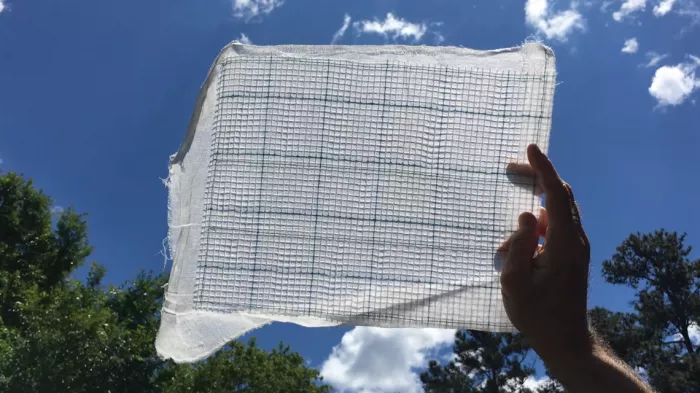According to new atlas, scientists have announced an interesting new method to remove carbon dioxide from flue gas emissions, which will create a usable substance** This is a piece of treated cotton that converts carbon dioxide gas into bicarbonate.

The current version of the smoke filter was created by researchers at North Carolina State University. They first soaked two layers of cotton slices in a liquid solution containing a crustacean derived material called chitosan. As a glue, chitosan allows the addition of a naturally occurring enzyme called carbonic anhydrase as a coating. The enzyme accelerates the reaction of carbon dioxide and water to form bicarbonate, the main component of baking soda.
The finished filter is twisted into a spiral and then inserted into a tube. An air mixture consisting of carbon dioxide and nitrogen (simulated flue gas discharge) is then pumped into the pipe together with a water-based solution. In the reaction with water and carbonic anhydrase, most of the carbon dioxide is converted into liquid bicarbonate, which flows along the filter to the outside of the pipe, where it is collected.

When the air passes through the tube at the speed of 4 liters per minute, 52.3% of the carbon dioxide in the air can be collected by using a single piece of filter material. When two sheets of paper are folded and twisted, this figure rises to 81.7%. Even after five times of washing and drying, the material retains most of its functions.
In other words, scientists still need to determine the effect of the enlarged version of the technology in the actual chimney, because the gas emission rate in the chimney may exceed 10million liters per minute.
A paper on this study led by Jialong Shen, a postdoctoral researcher, was recently published in acs sustainable chemistry and Engineering 》In magazines.